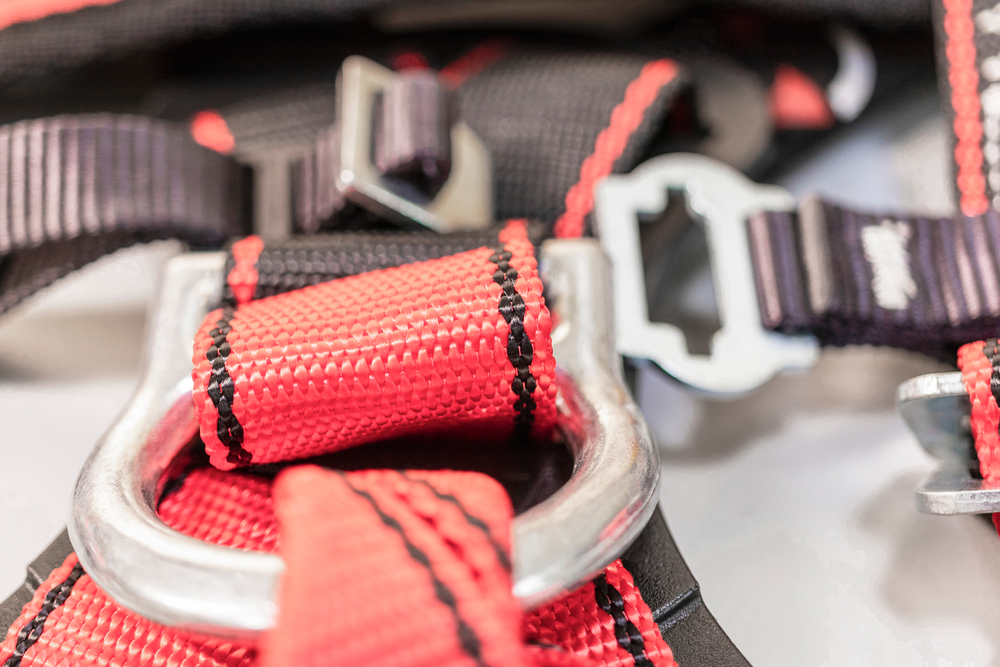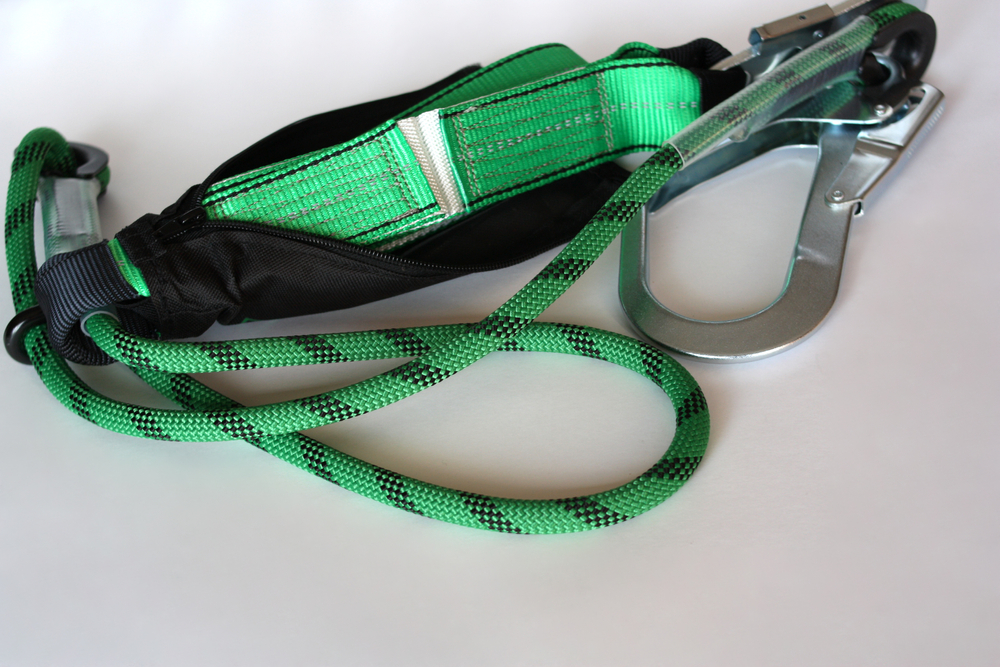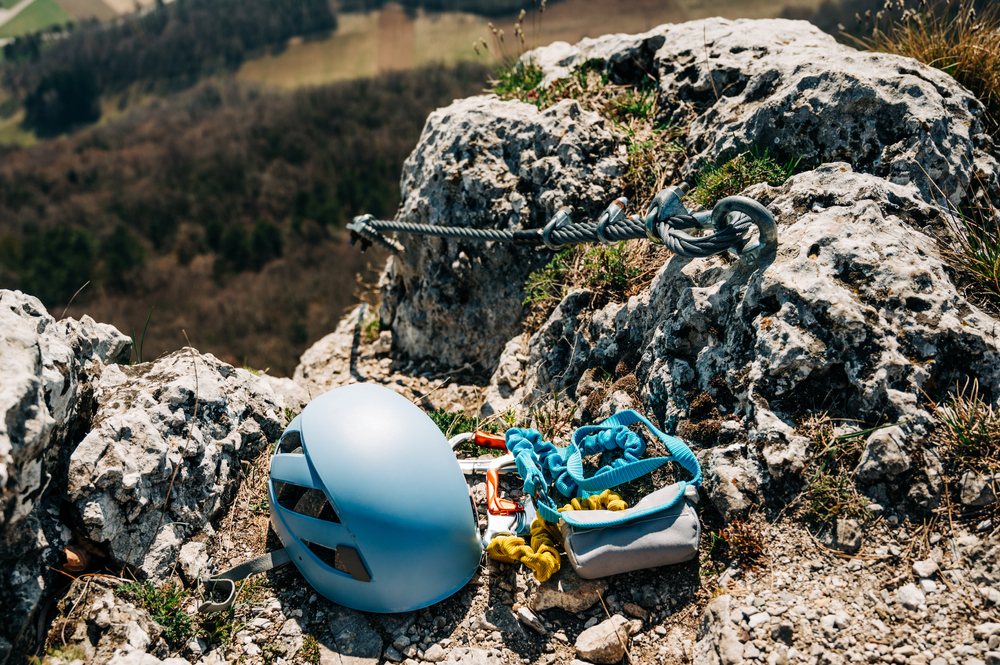A harness is a common yet practical piece of equipment to have in order to protect against falls. On job sites everywhere, safety harnesses are used to keep workers safe as they work even a few feet off the ground.
A key component of those safety harnesses is the lanyard. If you are looking to get a new one for your safety gear, it is important to know how to choose one. Here are a few helpful tips to help you choose the right one.
Safety Standards
When choosing a harness lanyard, it is important to know that it has been tested to meet current safety standards. Just like any other piece of equipment or technology, a safety harness lanyard should be checked to make sure that it conforms to those standards.
There are precise maximum weight loads, arresting forces, and other standards that manufacturers are required to test against. A product worth its salt should meet those standards to ensure the utmost safety. Never, ever choose a harness lanyard that does not adhere to strict standards. Even a minor failure can have catastrophic results and there should be no compromises when it comes to safety on the job.

Is it the Right Size?
Another important factor when choosing a harness lanyard is a proper fit. Though we consider the safety standards, it is important to know that everything fits properly. A snug but comfortable fit means a lot, the least of which is that the harness will be worn in all necessary situations and settings.
The lanyard should provide ample slack but too much can be disastrous. Be sure to know the measurements of those wearing the harness, the heights they will be working at, and the necessary slack required in the event of a fall. All of these things are important to know ahead of time so that you can choose a lanyard that works best.
The Right Material
Harness lanyards come in a few different materials, each offering its own benefits and features. Each of them has been approved to provide elasticity and support in one convenient package. After that, it is a matter of knowing the different benefits that each material offers and why one may be more ideal for what you are doing than another.
Lanyards typically are made from rope, webbing, or cable. Choosing the right lanyard depends on the environment in which you will be working, plus the potential hazards that occur on the job. It is always a good idea to have a few different lanyards handy in the event that one shows signs of wear and tear, making it unusable.

Connection Hardware
The lanyard anchors at a certain point, allowing it to support the weight of the person falling. The proper connection hardware should have either a snap hook or a carabiner. Either should be compatible with the anchor point and the harness, so check that out ahead of time. Don’t just assume that one will work with the other. Cutting corners is how accidents happen.
It is important to note that they should connect and disconnect relatively easily. Getting out of them may be necessary in the event that the person gets stuck while elevated. That said, they should be very secure when loaded. A lanyard and harness worth their salt will not give out when loaded, ensuring proper safety.
There are other factors worth considering, but this should help you find the right harness lanyard for your needs. In the end, you and anyone else working on that job can feel safe and secure





